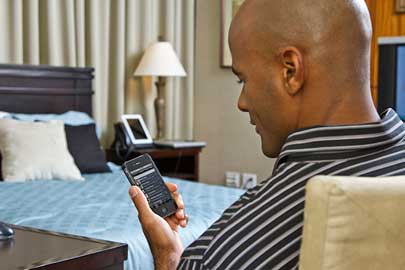 With all the negative reporting around economic recoveries, it’s always nice to hear a little good news. Each year, hoteliers around the world see larger chunks of money spent on travel. In 2013, Americans spent 887.9 billion dollars on travel alone, with about 19% of that total going directly to lodging.
With all the negative reporting around economic recoveries, it’s always nice to hear a little good news. Each year, hoteliers around the world see larger chunks of money spent on travel. In 2013, Americans spent 887.9 billion dollars on travel alone, with about 19% of that total going directly to lodging.
All of the money pouring into the travel industry means the hospitality market is changing. Increasing levels of competition should have hoteliers rethinking the business strategies that retain existing clientele, and fighting harder to capture the attention of potential new customers.
It's important to note that, if you’re implementing new initiatives to improve customer loyalty, missteps, or ignoring customer demands altogether, can and will drive guests away from your business. Take Wi-Fi as an example. Studies are increasingly showing that most travelers demand free and fast Wi-Fi wherever they book a room, yet 1/3 of current U.S. hotels still do not offer free Wi-Fi access.
You don't want to be the one hotel out there that doesn't provide the expected service. Your customers will go to your competitors who are willing to offer what has become the standard.
From an IT and technology perspective, the “expected” service in most hotels is a network that’s always-on.
To stay with the times, you don't need just to play catch up with your competitors; you need to stay ahead of the game. Here are three tips to help you avoid downtime and keep your network in tip-top shape.
Tip 1: Manage Goodwill
It isn't enough that your hotel is equipped with top-of-the-line technologies and services if you can’t deliver them to your guests—which means you’ll have to keep your IT systems functioning 24 hours a day, seven days a week to maintain happy clientele.
What you may not know, though, is that every time your system goes down, you lose money—a lot of money. A study released by CA Technologies reveals that North American businesses, including those within the hospitality sector, collectively lose as much as $26.5 billion in revenue every year due to slow recovery from IT system downtime, equating a reduction in the average business's ability to generate revenue by 29 percent.
While it's true that you can't always prevent service outages, you can manage goodwill by ensuring that:
- Unnecessary outages are avoided.
- And, the right plans are in place to improve the speed of recovery when outages do occur.
Tip 2: Be Proactive Against Downtime
In our globally-connected world, the expectation for reliable communications has never been greater. Dropped calls and limited access services can lead to poor reviews and a damaged reputation for most businesses. But for Hospitality-based businesses specifically who specialize in housing conferences and business meetings, where Wi-Fi, digital signage, automated services, and other guest amenities will be needed consistently, a dropped call or garbled voice mail can translate into a lot of lost business.
The solution here is to begin employing high-availability communications solutions. Modern communications systems give your guests the instant access they need to internal and external services. But, the advantages recouped from UC are tenfold for hotel personnel. For your employees, UC means enhanced voice, video, and web collaboration, and access to colleagues anytime from anywhere on any mobile-enabled device.
Tip 3: Employ Remote Monitoring
Running high-availability, always-on IT solutions can be stressful for any organization—regardless of size. Employing the staff needed to keep things functioning during normal periods, and the cost of hiring onsite maintenance technicians during emergencies can be costly, especially for hospitality-based businesses that often have hotels in multiple locations.
Remote management services can be financially beneficial for organizations with distributed properties but centralized IT. Remote management can help reduce onsite IT visits by as much as 80 percent and virtually eliminating the need to hire expensive onsite IT staff during emergencies. But the biggest benefit of remote monitoring is both the ultimate decrease in your system's outages and downtime, and faster recovery when the system does go down.
Why? Because the third party staff, equipment, and application monitoring that comes with most remote monitoring services are available on a 24/7 basis and are capable of detecting things like compromised voice quality or availability issues as soon as they occur, well before your guests report them to you. This means there’s no overlap between the time the system goes down and the time someone discovers that the system has gone down—maintenance can be started and your most important guest services can be restored almost immediately.
Upgrading Your Communications Solution
Giving your guests highly available, reliable, always-on IT services does not have to be as stressful or costly as it may seem right now. It is worth noting that, with the increasing demand to replace outdated communications, there’s a chance that the bulk of your problems and potential risk lie within your old outdated hardware.
Take a look at your network system and consider these tips. If you have a problem that hasn’t been solved here, give us a call. It may be time for an upgrade to a more reliable Unified Communications Hospitality oriented communications system.


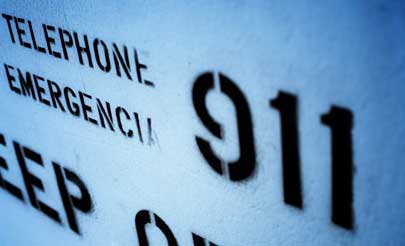 We’re at the 2014 HITEC conference this week in Los Angeles, and we’re excited to bring you the second half of our post on E911 technology.
We’re at the 2014 HITEC conference this week in Los Angeles, and we’re excited to bring you the second half of our post on E911 technology.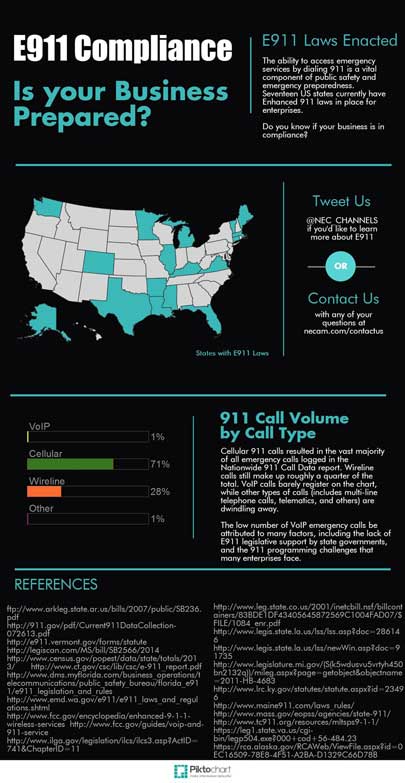
 HITEC begins today, and our NEC hospitality team is looking forward to the trends that we will be seeing on the show floor. Here are some of our predictions:
HITEC begins today, and our NEC hospitality team is looking forward to the trends that we will be seeing on the show floor. Here are some of our predictions: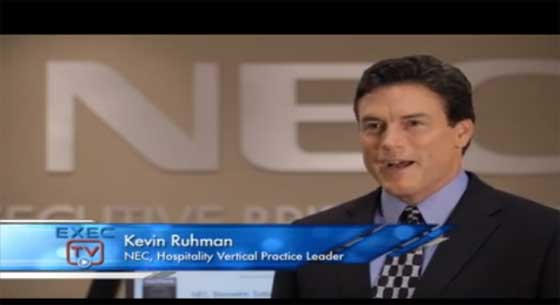
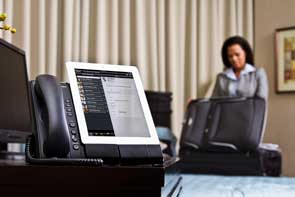 Bring Your Own Device (BYOD) is making its way into every enterprise: from hospitals to higher education to corporations. So it’s no surprise that the demand by consumers for BYOD functionality is becoming prevalent in the hospitality industry as well. Guest’s personal devices are becoming faster, smarter and more personalized than ever before. The benefits derived from the plethora of applications and capabilities supported by these devices have become nearly essential to today’s business and leisure traveler. The increase in guest’s use of their own devices, however, has resulted in a disconnect between the hotel property and portions of the guest experience, primarily in voice communications. For example, telephone calls to hotel guests from staff or other guests, if gone unanswered, typically revert to a guest personal voicemail box. As a result, guests hanging out by the pool, restaurant or bar, or working in the conference center do not get the phone call and may go a long time before discovering that someone is trying to reach them. Therein lies the disconnect.
Bring Your Own Device (BYOD) is making its way into every enterprise: from hospitals to higher education to corporations. So it’s no surprise that the demand by consumers for BYOD functionality is becoming prevalent in the hospitality industry as well. Guest’s personal devices are becoming faster, smarter and more personalized than ever before. The benefits derived from the plethora of applications and capabilities supported by these devices have become nearly essential to today’s business and leisure traveler. The increase in guest’s use of their own devices, however, has resulted in a disconnect between the hotel property and portions of the guest experience, primarily in voice communications. For example, telephone calls to hotel guests from staff or other guests, if gone unanswered, typically revert to a guest personal voicemail box. As a result, guests hanging out by the pool, restaurant or bar, or working in the conference center do not get the phone call and may go a long time before discovering that someone is trying to reach them. Therein lies the disconnect.
